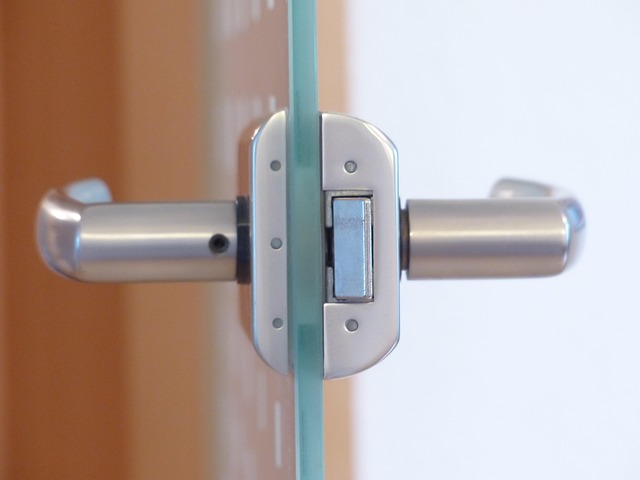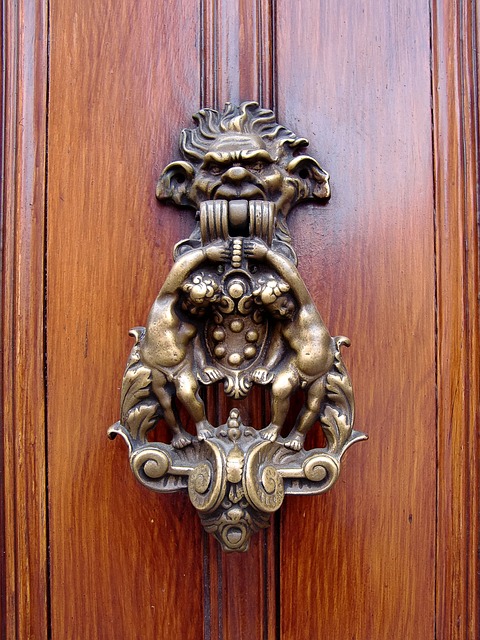In today's digital era, advanced access systems are revolutionizing security with personalized solutions. Leveraging biometric tech, smart cards, and mobile access, these systems ensure only authorized individuals gain entry to facilities, deterring unauthorized access. They offer role-based access control, real-time monitoring, and analytics for adaptable security measures. By dividing spaces into zones based on sensitivity, advanced access systems implement tailored protocols, enhancing security while streamlining user experiences. This modern approach, including biometric identification and smart technology, creates safer environments and improves operational efficiency for commercial and high-security facilities.
In today’s digital era, enhancing security while maintaining accessibility is paramount. This article explores personalized access control plans, a modern approach that goes beyond generic solutions. We delve into the benefits of advanced access systems, from increased security to improved efficiency. Understanding tailored access control involves examining components like smart technology and biometric identification. Discover how designing secure entry points and zones, integrated with cutting-edge systems, creates robust security infrastructure.
- Understanding Personalized Access Control: The Modern Approach
- Benefits of Advanced Access Systems for Security
- Components of a Custom Access Plan
- Designing Secure Entry Points and Zones
- Implementing Biometrics and Smart Technology
Understanding Personalized Access Control: The Modern Approach

In today’s digital era, understanding personalized access control is more crucial than ever for enhanced security. The traditional one-size-fits-all approach to access management is being revolutionized by advanced access systems that cater to specific needs and environments. By leveraging technology such as biometric authentication, smart cards, and mobile access, organizations can create tailored access control plans that offer unprecedented levels of protection.
Personalized access control goes beyond simply granting or denying entry. It involves a comprehensive strategy that considers factors like employee roles, visitor management, and time-based restrictions. This modern approach ensures that only authorized individuals have access to sensitive areas, minimizing the risk of unauthorized entries and enhancing overall security. Advanced access systems provide real-time monitoring, data analytics, and flexible configurations, enabling organizations to adapt swiftly to evolving security challenges.
Benefits of Advanced Access Systems for Security

Advanced access systems offer a multitude of benefits that significantly enhance security measures in various environments, from commercial buildings to high-security facilities. These cutting-edge technologies go beyond traditional lock and key systems by providing precise control over who enters specific areas. Through the integration of biometric authentication, smart cards, and mobile access, these systems ensure only authorized individuals can gain entry, deterring unauthorized access and potential security breaches.
Moreover, advanced access systems facilitate efficient management of access rights, allowing administrators to grant or revoke permissions quickly and remotely. This real-time control not only improves operational efficiency but also strengthens overall security by enabling dynamic responses to changing circumstances. By leveraging data analytics and continuous monitoring, these systems can identify patterns, predict potential risks, and proactively enhance security protocols, making them an invaluable asset in maintaining a secure environment.
Components of a Custom Access Plan

Personalized access control plans are integral to modern security strategies, offering tailored solutions for diverse environments. These plans involve several key components that work synergistically to enhance security measures. First, advanced access systems form the backbone, leveraging technology like biometric authentication, smart cards, and mobile access to ensure only authorized individuals gain entry. Secondly, role-based access control (RBAC) policies stipulate specific permissions aligned with job functions, restricting access to sensitive areas based on user roles.
Complementing these are surveillance systems, including CCTV cameras and motion sensors, that monitor access points in real-time, capturing unauthorized attempts. Integration of these components into a cohesive system creates a robust defense mechanism, providing layers of protection that deter and detect potential security breaches.
Designing Secure Entry Points and Zones

Designing secure entry points and zones is a critical aspect of implementing personalized access control plans. Advanced access systems offer a multitude of options to create tailored security protocols for different areas within a facility. By segmenting spaces into specific zones, businesses can implement varied levels of access restrictions, ensuring that sensitive areas are protected while allowing easy movement for authorized personnel.
For example, high-security zones might require biometric authentication, such as fingerprint or facial recognition, alongside multi-factor authorization to grant entry. In contrast, less sensitive areas could operate on a keycard system with simple PIN codes. This zone-based approach not only enhances security but also simplifies access for employees, visitors, and contractors, ensuring everyone receives appropriate levels of access based on their roles and responsibilities.
Implementing Biometrics and Smart Technology

Implementing biometrics and smart technology is a game-changer in the realm of enhanced security for any facility or building. Advanced access systems, powered by these innovations, offer unprecedented levels of control and protection. Biometric identification, such as fingerprint or facial recognition, ensures that only authorized individuals can gain entry, significantly reducing unauthorized access attempts.
This modern approach to access control replaces traditional passwords and keys with a sophisticated digital solution. Smart technology enables real-time monitoring, allowing security personnel to navigate and manage access remotely. As a result, buildings can be secured more effectively, fostering a safer environment for occupants and assets while streamlining the overall access process.
Personalized access control plans, leveraging advanced access systems, offer a modern approach to enhancing security. By understanding specific needs, designing secure entry points, and integrating biometrics and smart technology, businesses can create robust security measures tailored to their unique environments. These customized solutions not only improve safety but also streamline operations, ensuring peace of mind in today’s digital era.
